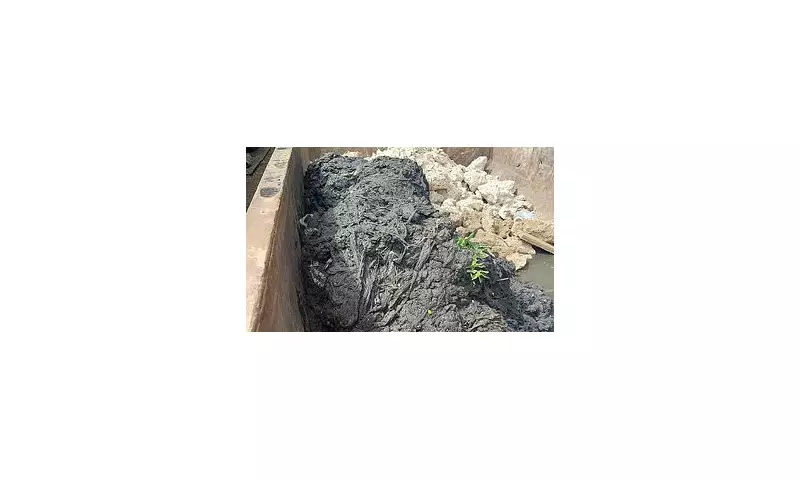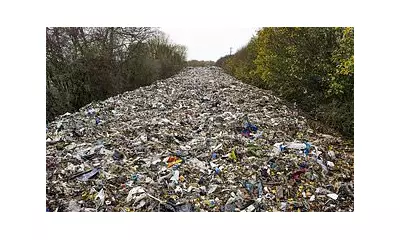
Workers at Thames Water have made a stomach-churning discovery in west London - a monstrous 100-tonne fatberg clogging the sewers beneath Feltham. This colossal mass of congealed fat, wet wipes, and other unflushable items stretches over an astonishing 300 metres, posing a serious threat to the capital's wastewater system.
The Underground Monster
The sheer scale of this fatberg is difficult to comprehend. Weighing as much as 15 double-decker buses, this subterranean beast has been slowly growing in the pipes, threatening to cause sewage backups and environmental damage. Thames Water engineers described it as one of the largest blockages they've encountered in recent years.
What Exactly is a Fatberg?
Fatbergs form when cooking oils, fats, and grease are poured down drains and combine with wet wipes, sanitary products, and other items that shouldn't be flushed. These materials bind together in the cool sewer environment, creating rock-solid masses that can completely block pipes and cost millions to remove.
The Costly Cleanup Operation
Specialist teams are now facing the gruelling task of breaking up this massive blockage using high-pressure jets and manual labour. The operation is expected to take several weeks and cost tens of thousands of pounds - money that ultimately comes from customers' bills.
A Preventable Problem
Thames Water is urging Londoners to remember the three P's: only pee, paper, and poo should be flushed down toilets. Everything else, including cooking fat and wet wipes, should go in the bin. Simple changes in household habits could prevent these monstrous blockages from forming.
The Feltham fatberg serves as a stark reminder of what happens when our sewers are treated as rubbish bins. As one engineer put it, "We're fighting a constant battle against these monsters growing beneath our streets."





